The Egyptian Goose (Alopochen aegyptiaca) is a captivating waterbird species that can be found in various parts of Tanzania. With its striking appearance and unique behaviors, the Egyptian Goose is a remarkable bird to observe in the country’s diverse wetland habitats.
The Egyptian goose is native to Africa, particularly the Nile Valley, this avian creature has garnered interest due to its unique characteristics and remarkable adaptability. Let’s explore more about this fascinating species and where to spot it in Tanzania.
Egyptian Goose: Bird Species Profile
Common Name: Egyptian Goose The Egyptian Goose is commonly known as the Egyptian Goose.
Swahili Name: Bata Bukini wa Misri In Swahili, the Egyptian Goose is referred to as “Bata Bukini wa Misri.”
Scientific Name: Alopochen aegyptiaca The scientific name of the Egyptian Goose is Alopochen aegyptiaca.
Type: Waterbird The Egyptian Goose belongs to the family Anatidae and is classified as a waterbird species.
Food: Herbivorous Egyptian Geese are primarily herbivores. Their diet consists mainly of grasses, seeds, leaves, and agricultural crops found near their habitats.
Habitat: Wetlands and Grasslands Egyptian Geese inhabit a range of wetland areas, including lakes, rivers, marshes, and grasslands. They can also be found in man-made habitats such as parks and farmlands.
Size: Medium-sized Birds Adult Egyptian Geese are medium-sized birds. The males typically measure around 63-73 centimeters (25-29 inches) in length, while the females are slightly smaller, ranging from 53-58 centimeters (21-23 inches).
Average Life Span in the Natural Habitat: 10-15 years In their natural habitat, Egyptian Geese have an average lifespan of approximately 10-15 years. However, this can vary depending on factors such as predation, disease, and habitat conditions.
Active: Diurnal Egyptian Geese are diurnal birds, which means they are active during the day and rest or sleep during the night.
Gestation Period: 28-30 days The gestation period for Egyptian Geese is approximately 28-30 days. During this time, the female goose incubates the eggs until they hatch.
Weight: Varies by Gender Adult male Egyptian Geese typically weigh around 2-2.5 kilograms (4.4-5.5 pounds), while adult females weigh slightly less, ranging from 1.4-1.8 kilograms (3.1-4 pounds).
Appearance and Features
The Egyptian Goose is a medium-sized bird known for its distinctive appearance. It has a bold and contrasting plumage, with a chestnut-colored body, white wings, and a brownish-black head adorned with striking white markings. One of its most notable features is the dark eye patch, which adds to its striking appearance. Both males and females share similar plumage, although males are slightly larger than females.
Habitat and Distribution
The Egyptian Goose is native to Africa and has a wide distribution across the continent. In Tanzania, it can be found in various wetland habitats, including lakes, rivers, swamps, and marshes. These adaptable birds can also be seen in urban parks, agricultural areas, and even on golf courses. They are highly adaptable and have successfully colonized many different habitats.
Behavior and Diet
Egyptian Geese are predominantly herbivorous, feeding on a variety of plant material. Their diet consists of grasses, seeds, leaves, and aquatic vegetation. They are also known to forage on farmland, where they feed on crops such as maize and wheat. These geese are typically seen grazing in groups or pairs, often near water bodies, where they can find their preferred food sources.
Breeding and Nesting
During the breeding season, Egyptian Geese form monogamous pairs. They build nests in tree cavities, on cliffs, or on the ground, depending on the availability of suitable nesting sites. The female lays a clutch of 5-12 eggs and incubates them for approximately 28-30 days. Both parents actively participate in rearing the chicks, which leave the nest shortly after hatching and follow their parents for protection and guidance.
Where to Spot Egyptian Geese in Tanzania
Egyptian Geese can be found in various regions of Tanzania, particularly in wetland areas. Here are some notable locations where you have a good chance of spotting these magnificent birds:
- Lake Manyara National Park: Located in northern Tanzania, Lake Manyara National Park is known for its diverse birdlife. The park’s lush vegetation and the presence of Lake Manyara create an ideal habitat for Egyptian Geese and other waterbird species.
- Serengeti National Park: While famous for its wildebeest migration, the Serengeti also offers excellent birdwatching opportunities. The park’s rivers and wetland areas provide suitable habitats for Egyptian Geese, especially during the wet season.
- Tarangire National Park: Situated in northern Tanzania, Tarangire National Park is renowned for its large herds of elephants and baobab trees. The park’s wetland areas, such as the Tarangire River, attract a variety of waterbirds, including Egyptian Geese.
- Ngorongoro Conservation Area: This UNESCO World Heritage Site is home to the iconic Ngorongoro Crater and diverse wildlife. The crater’s grasslands and marshes provide an ideal habitat for Egyptian Geese, offering ample opportunities for birdwatchers to spot these stunning birds.
- Arusha National Park: Nestled at the base of Mount Meru, Arusha National Park boasts a variety of ecosystems, including lakes and swamps. These wetland areas attract numerous waterbirds, making it a potential location for observing Egyptian Geese.
When visiting these areas, it is recommended to engage the services of experienced guides who can assist in locating and identifying the different bird species, including the Egyptian Goose.
Enjoying the Egyptian Goose Observing the Egyptian Goose in its natural habitat is a rewarding experience for bird enthusiasts and nature lovers alike. Remember to respect the birds and their environment by maintaining a safe distance, using binoculars or a camera with a telephoto lens to observe them closely. Take time to appreciate their beauty, behavior, and the intricate balance of nature they contribute to.
Egyptian Geese Birdwatching Safari Tips
Embarking on a birdwatching safari to observe the beautiful Egyptian Geese (Alopochen aegyptiaca) in Tanzania can be an exciting and rewarding experience. To make the most of your birdwatching adventure, here are some tips to enhance your Egyptian Geese sighting opportunities:
1. Choose the Right Time of Day Egyptian Geese are diurnal birds, meaning they are most active during the day. Plan your birdwatching excursions during the early morning or late afternoon when the geese are likely to be more active. During these times, the lighting is also optimal for photography, allowing you to capture stunning images of these birds.
2. Research Suitable Locations Identify the best locations in Tanzania where Egyptian Geese are commonly found. National parks and wetland areas such as Lake Manyara National Park, Serengeti National Park, Tarangire National Park, and Ngorongoro Conservation Area are known to be favorable habitats for these geese. Conduct thorough research to determine which areas offer the highest probability of sighting Egyptian Geese.
3. Seek Expert Guidance Consider hiring an experienced bird guide or joining a guided birdwatching tour. Local guides have extensive knowledge about the behavior, habitat, and movements of Egyptian Geese. They can lead you to the best spots for observing and photographing these birds, increasing your chances of a successful sighting.
4. Pack the Right Gear Ensure you have the essential equipment for birdwatching. A pair of binoculars is indispensable for observing Egyptian Geese up close and appreciating their intricate plumage and features. Additionally, bring a camera with a telephoto lens to capture detailed photographs of the geese from a distance. A field guidebook specific to the birds of Tanzania will also prove useful in identifying different species.
5. Practice Patience and Silence Birdwatching requires patience and a quiet approach. Egyptian Geese can be skittish, so it’s crucial to move slowly and quietly to avoid startling them. Find a comfortable spot, settle in, and wait patiently for the geese to come into view. Remain still and minimize any sudden movements or loud noises that might disturb the birds or scare them away.
6. Observe Behavior and Habitat Take the time to study the behavior and preferred habitats of Egyptian Geese. They are often found near water bodies, such as lakes, rivers, and swamps, where they feed on vegetation. Watch for their feeding patterns, interactions with other birds, and any unique behaviors they exhibit. Understanding their habits will enhance your overall birdwatching experience.
7. Respect Wildlife and Environment When observing Egyptian Geese or any other bird species, it’s essential to respect their natural habitat. Keep a safe distance from the birds and avoid disturbing their activities. Avoid littering and adhere to park regulations to ensure the preservation of the environment for future generations to enjoy.
8. Record Your Observations Maintain a birdwatching journal or use a birding app to record your Egyptian Geese sightings and observations. Note down important details such as date, time, location, behavior, and any interesting aspects you observe. These records serve as valuable mementos and can contribute to citizen science projects focused on bird conservation.
By following these tips, you’ll be well-prepared for a successful Egyptian Geese birdwatching safari in Tanzania. Immerse yourself in the natural beauty of the country, appreciate the unique characteristics of these magnificent birds, and create lasting memories of your birdwatching adventure.
Frequently Asked Questions about Egyptian Geese
Here are some commonly asked questions about Egyptian Geese (Alopochen aegyptiaca) in Tanzania:
Q: What is the common name of the Egyptian Goose?
A: The common name of this bird species is Egyptian Goose.
Q: What is the Swahili name for the Egyptian Goose?
A: In Swahili, the Egyptian Goose is known as “Bata Bukini wa Misri.”
Q: What is the scientific name of the Egyptian Goose?
A: The scientific name of the Egyptian Goose is Alopochen aegyptiaca.
Q: What type of bird is the Egyptian Goose?
A: The Egyptian Goose belongs to the family Anatidae and is a waterbird species.
Q: What do Egyptian Geese eat?
A: Egyptian Geese are primarily herbivores. They feed on a variety of plant matter, including grasses, seeds, leaves, and agricultural crops near their habitats.
Q: What is the habitat of the Egyptian Goose?
A: Egyptian Geese inhabit a range of wetland areas, including lakes, rivers, marshes, and grasslands. They can be found in both natural and man-made habitats, such as parks and farmlands.
Q: How big do Egyptian Geese grow?
A: Egyptian Geese are medium-sized birds. Adult males typically measure around 63-73 centimeters (25-29 inches) in length, while adult females are slightly smaller, ranging from 53-58 centimeters (21-23 inches).
Q: What is the average lifespan of Egyptian Geese in their natural habitat?
A: Egyptian Geese have an average lifespan of around 10-15 years in the wild, depending on various factors such as predation, disease, and habitat conditions.
Q: Are Egyptian Geese active during the day or night?
A: Egyptian Geese are diurnal birds, meaning they are active during the day and rest or sleep during the night.
Q: What is the gestation period of Egyptian Geese?
A: The gestation period for Egyptian Geese is approximately 28-30 days.
Q: How much do Egyptian Geese weigh?
A: Adult male Egyptian Geese typically weigh around 2-2.5 kilograms (4.4-5.5 pounds), while adult females weigh slightly less, ranging from 1.4-1.8 kilograms (3.1-4 pounds).
These are some of the frequently asked questions about Egyptian Geese. If you have more specific inquiries or would like to learn additional information about these fascinating birds, consult with experienced birdwatchers, ornithologists, or field guides who can provide detailed insights.

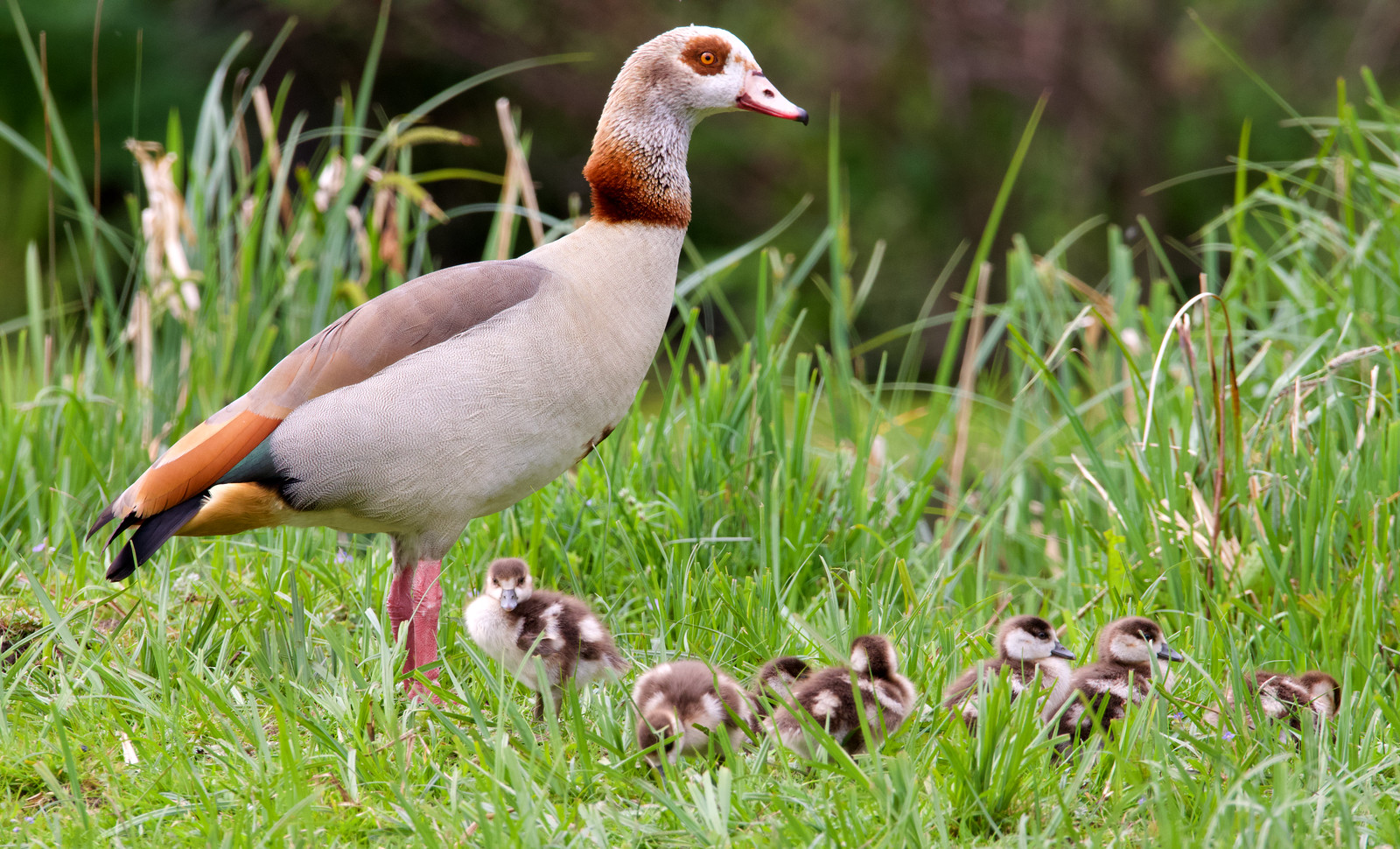
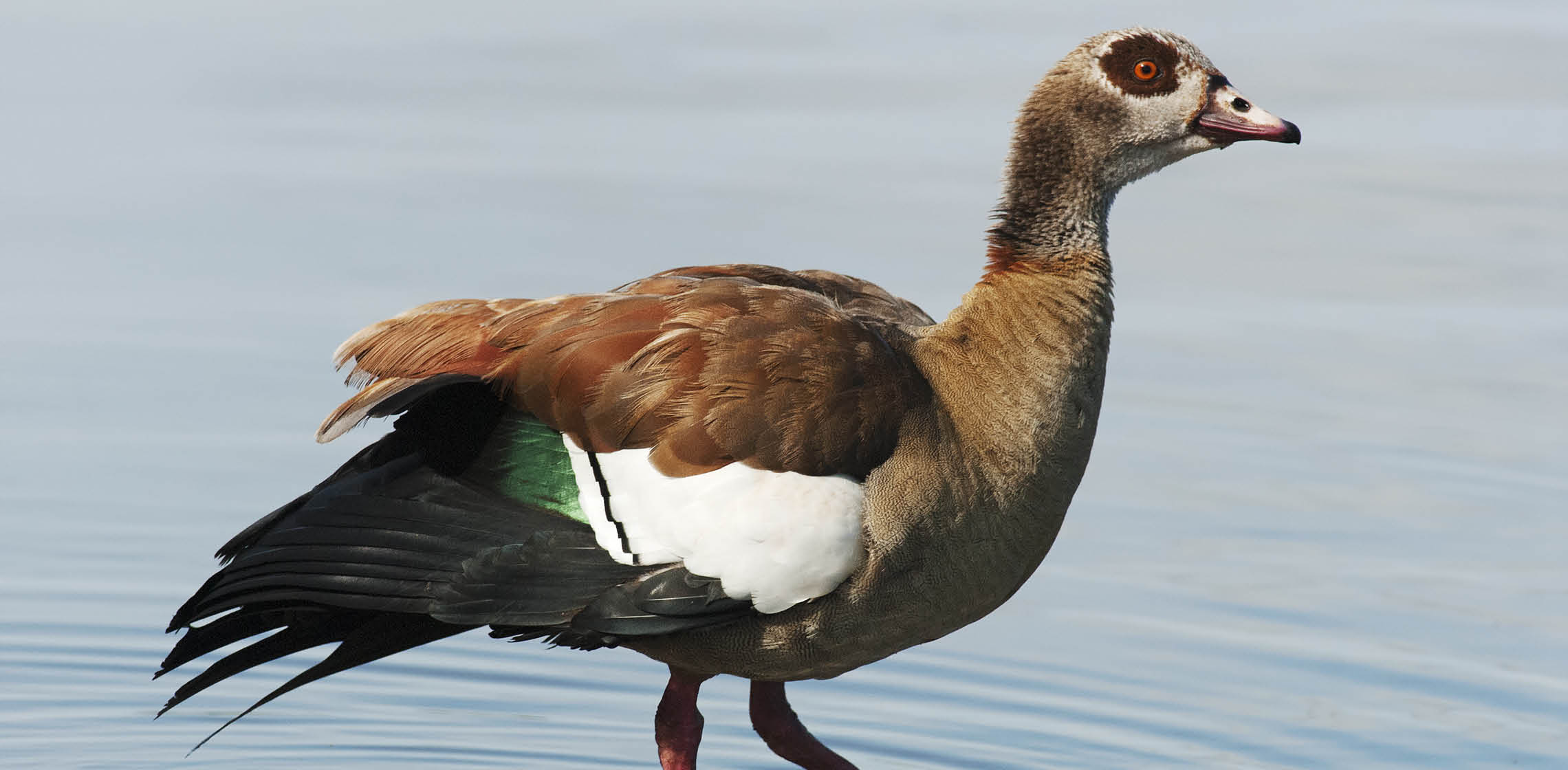
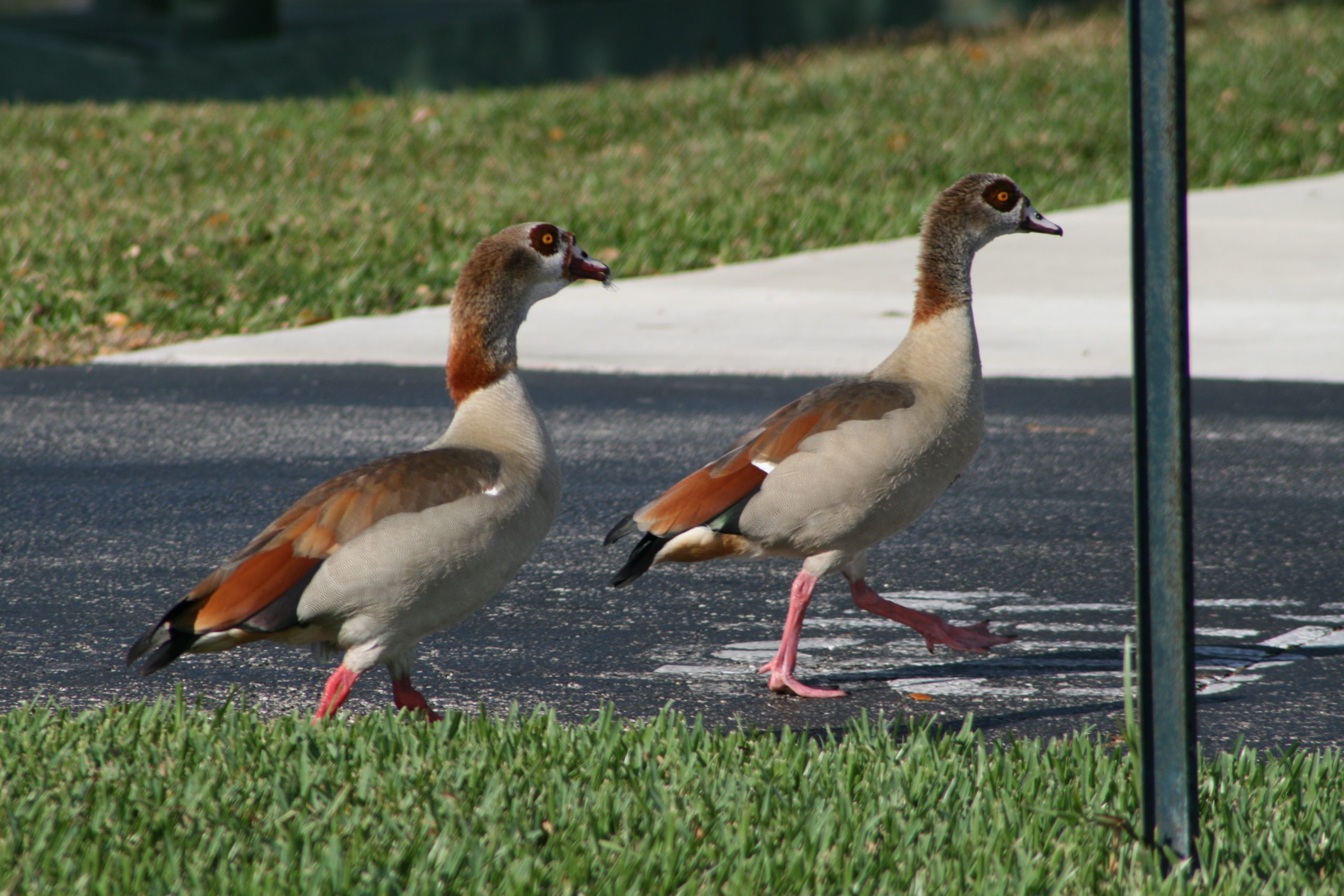
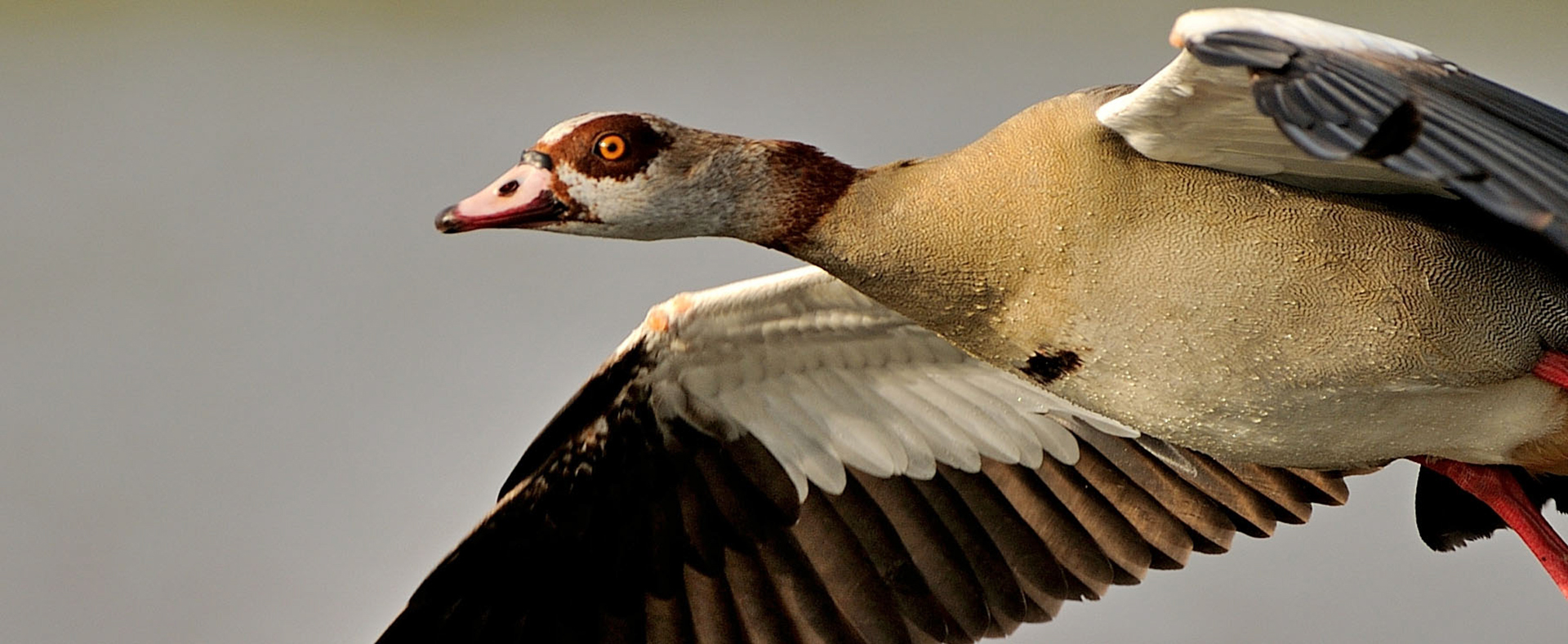

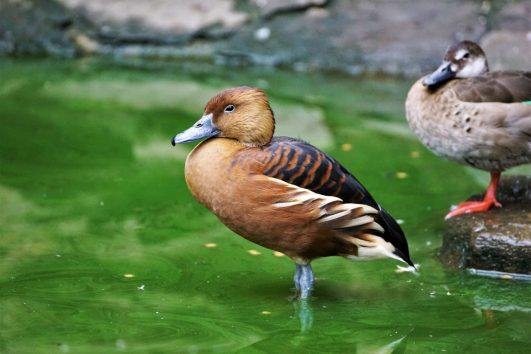
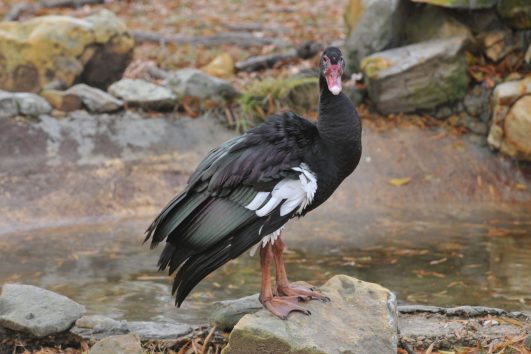
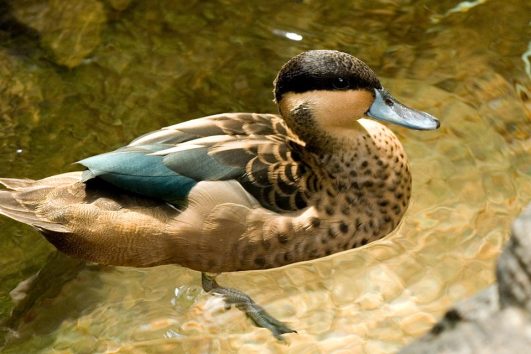
Tour Reviews
There are no reviews yet.
Leave a Review